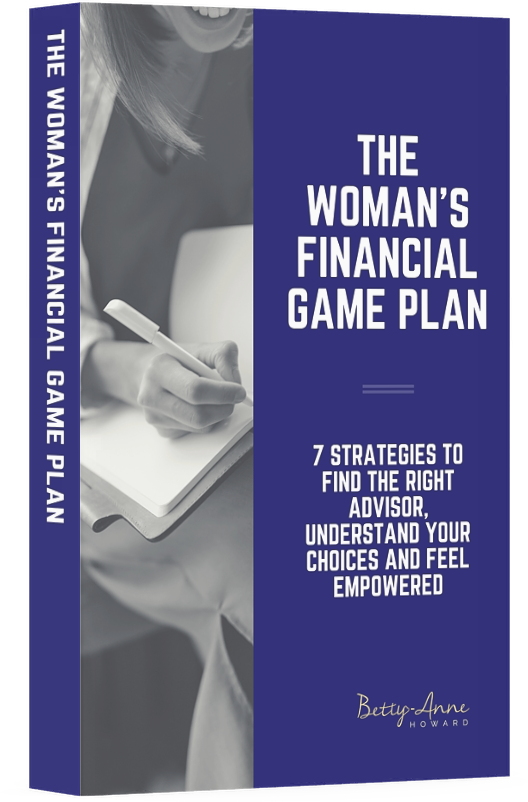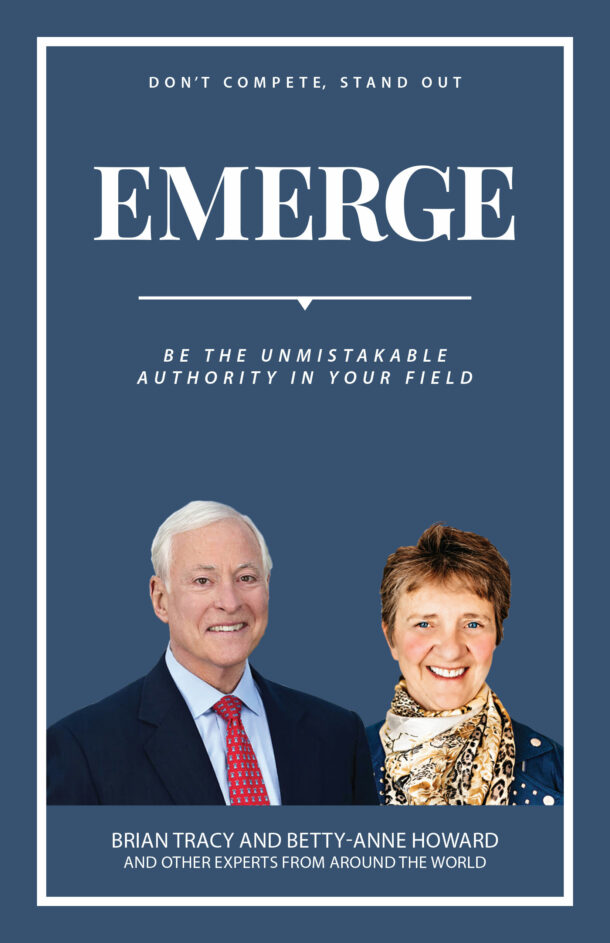
Did you catch part one of this post, where I talk about how and why we make changes in our lives? If not, now’s a good time to catch up.
I also promised you I’d tell you about a second change management model, and here it is!
In a hurry? Let’s recap part one.
We talked about why these models for change are so important:
“They help us understand where we currently reside in our business (this can also apply to us personally), the challenges we are facing (the problems we encounter), and how best to address these hurdles.”
These models for change can help you determine exactly where you are, where you want to be, and how to get there. At the same time, they can help you distinguish yourself as “The One” in a crowded field.
The first concept we discussed was Steve Lowell’s Repumeter.
There is a second concept that goes hand in hand with using Steve’s model in helping us understand where we currently reside in our business, the challenges we are facing, and how best to address these hurdles.
Stages of Change Theory.
This concept was developed by Dr. William Miller. I’ve used his model throughout my 40-year career to help others make changes in their lives and understand their motivation for change.
This model for change recognizes two key factors that may come as a surprise to you. At the same time, they could resonate profoundly.
One is that there is always a certain amount of ambivalence when it comes to making changes in our lives, including within our businesses! This mindset must be addressed in a way that encourages and supports us. We should also recognize and address the thoughts that are getting in the way of making these changes.
Dr. Miller’s model looks at change from the perspective of taking action or engaging in a behaviour that you are seeking. The goal is that these actions will ultimately support you in your life or work goals.
Now let’s look at this concept within Steve’s Repumeter.
Ultimately, as a business owner, we want to be in a place where we are being sought out for our expertise and expert insights, rising above the pack, if you will.
Part of this process requires knowing what steps we need to take in order to get there.
As with most change management models, labels help.
Motivation for change.
Dr. Miller’s motivational model for change outlines three different stages, labeled as:
- Pre-contemplation (simply put, “haven’t thought about it”)
- Contemplation (have thought about it or are thinking about it now)
- Action (engaging in activities or behaviors that support you in what you want to achieve)
Now back to Steve’s Repumeter model.
If we apply these stages to this model, the stages look something like this:
- Pre-contemplation (have you thought about your reputation within your own field and business, how your business is positioned and how to “stand out” from crowd?)
- Contemplation (have you also considered the mindset and skills necessary to begin addressing barriers so you can be outstanding in your field? How can you capitalize on the expert insights you’ve garnered over the years?)
- Action (what steps do you need to take in order to be The One?)
Steve’s model guides you through a process that reveals exactly where you are, where you want to be, and how to get there. AKA, pre-contemplation, contemplation, and action, respectively.
He also acknowledges we’re all in the pre-contemplation stage.
We haven’t really thought about our reputation, or where and how we’re positioned in our respective fields, unless of course, we’ve seen Steve’s Repumeter presentation.
Becoming “The One”.
By providing us with valuable insights, Steve guides us from pre-contemplation to contemplation (whereby we are now thinking about our reputation).
This creates our desire to take action, as we want to become “The One” in our field.
According to Dr. Miller’s motivational model, different strategies and approaches are needed depending on what stage you’re in. With the pre-contemplation stage, most of us simply need information that will help motivate us to start thinking about our current perspective or behaviors.
The most exciting part of this model for me, as an agent of change and a Leader in Philanthropic and Inheritance Planning, are the strategies that will take you from contemplation to action.
So, what’s required to make change and take action?
The insight and ability to identify and address two things: One is identifying the barriers to making changes, and the other is the change-seeking side of the equation.
Think of it like a scale.

We need to identify strategies to take weights off the barriers/challenges side of the scale.
At the same time, we need to add more weight to the change-seeking side. This side needs strategies that can activate, support, and encourage us to take these next steps for change to occur.
I find this idea particularly illuminating. All too often, when we are thinking about making a change, we either forget or hope to simply jump over the barriers.
And yes, you guessed it: it’s really not that simple.
If we ever want to really make a change, we need to identify and address the challenges that are getting in the way of us taking action.
For example, maybe you struggle with talking to your partner about money or sex. Here are some ways to identify and address this challenge.
This model or contextual framework helps us recognize the importance of the stages we go through. It also reaffirms the need for different approaches or strategies based on the stage we’re in.
Without a model or conceptual framework, we can be left floundering around without a clear vision for ourselves, our finances and legacy, and our businesses.
Getting a clear vision for your legacy is one reason you need a Giving Plan. Learn more about that here.
With a change management model, we can even consider how we want to change the world for the better and the impact we’d like to have—our legacy.
Rather than getting stuck in either pre-contemplation or contemplation, we now have valuable tools to address how you can make changes in your life and business, taking you from one place to another.
Having a model for change can absolutely positively impact you and your life.
I’ll show you how in the third and final part of this blog series, so be sure to check back soon.
Things to think about.
Before that, consider these key points:
- When it comes to motivation, there are factors that support us in taking action and other factors that get in the way of us taking action.
- Contextual Frameworks or a Model can help us understand where we are and where we want to be.
- Within a specific framework, we can map out our plan to get from Point A to Point B and address the barriers that can get in our way.
- A certain amount of ambivalence is a given, and this mindset can be explored with specifically designed strategies.
- Different approaches and strategies are needed depending on what stage you’re at when it comes to your thinking.
- Having never or rarely thought about how charitable giving or philanthropy would fit into your life is an example of the first stage. The second one is, you have thought about it and haven’t yet done anything about it. These two stages, when the appropriate strategies are used, will lead to taking action—ultimately the goal is to have a giving plan that fits with your life, values, and overall financial and life goals. You can learn more about magnifying your charitable gift giving here.
Finally, ponder these questions:
- Where you are in these stages—haven’t thought about it (HTAI), thought about it (TAI), or have already taken some action when it comes to charitable and philanthropic giving?
- What are the factors that both motivate and keep you from making any type of change in your life—i.e. taking action? What tends to get in the way of you making those changes, what has gone wrong in the past, and how might you address that barrier/challenge?
- How does your mindset (i.e., the stories you tell yourself) factor into this process? What aspects of your mindset support you, and which deter you?
- What charities do you particularly like and why? Which ones don’t you like and why not?
- What thought have you given to what you want your legacy to be—how do you want to be remembered?
If you’d like to talk about using a model for change to magnify your charitable gift giving, inheritance planning, or estate planning in general, please get in touch.
Did you enjoy this article? Here are three more you might also enjoy:
Have you thought about what you want your legacy to be?
Who do you want to benefit from your money when you are no longer here?
Can you leave your entire estate to charity?






0 Comments